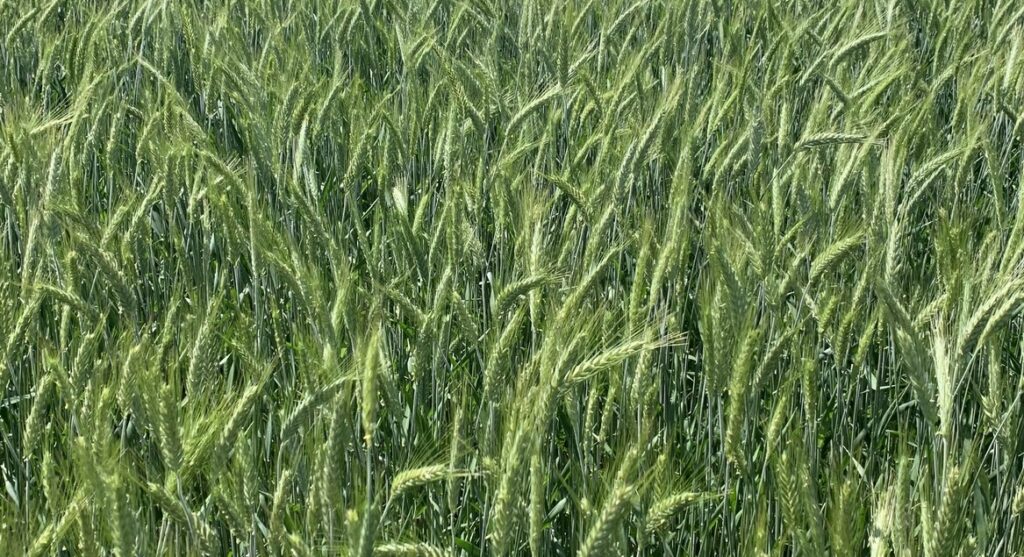At TriCal Superior Forage, we pride ourselves on our commitment to advancing agricultural practices and providing superior forage solutions. One of our most promising offerings is triticale, a grain that combines the best of wheat and rye. Our Small Grains Research Director, Racey Padilla, recently shed light on the benefits of triticale in one of our videos. Here, we delve deeper into why triticale stands out, especially when compared to rye.
Key Insights from Our Video with Racey Padilla:
- Our triticale brand, Gainer™, exemplifies the strides we’ve made in triticale breeding. Not only is it winter hardy, but it’s also early maturing.
- Rye’s quality diminishes considerably once it hits the flag leaf stage. Its stems become highly lignified, and its leaves start dying, leading to a drop in overall feed quality.
- For those in the dairy industry pursuing top-tier feed, harvesting triticale at the flag leaf stage ensures maximum quality, while waiting until the soft dough stage yields maximum tonnage.
- If you’re looking for a balance between quality and tonnage, cutting triticale at the flag leaf stage is ideal. However, allowing it to mature further might boost tonnage but compromise quality.
Why Triticale? Insights from Our Research:
- Rapid Evolution: While common wheat and other cereal grains have taken thousands of years to develop, triticale’s journey is nothing short of impressive. In just about 120 years since its inception, triticale has made its mark in various markets globally.
- The Best of Both Worlds: Triticale brings together the strengths of wheat, quality and tonnage, and rye, disease tolerance and winter hardiness. This union results in a grain versatile enough for both forage and grain applications. As a forage, triticale is invaluable for pasture, silage, and hay. It seamlessly complements other crops like corn silage, forage sorghum, and summer annuals.
- Beyond Forage: Triticale grain isn’t just an excellent feed; it’s also a nutritious food grain. In Europe, it’s even recognized as a top choice for ethanol production.
- Yield and Resilience: Triticale promises high yields, about 20% more tonnage with than conventional rye or wheat, and showcases remarkable resilience against challenges like drought, low pH, and major diseases and pests. Its inclusion in crop rotations can also address pressing environmental concerns.
At TriCal Superior Forage, we believe in the potential of triticale. Its adaptability, high yield, and versatility make it a standout in the agricultural realm, especially when juxtaposed with rye. We’re excited about the future of triticale and are committed to furthering its reach and impact.
